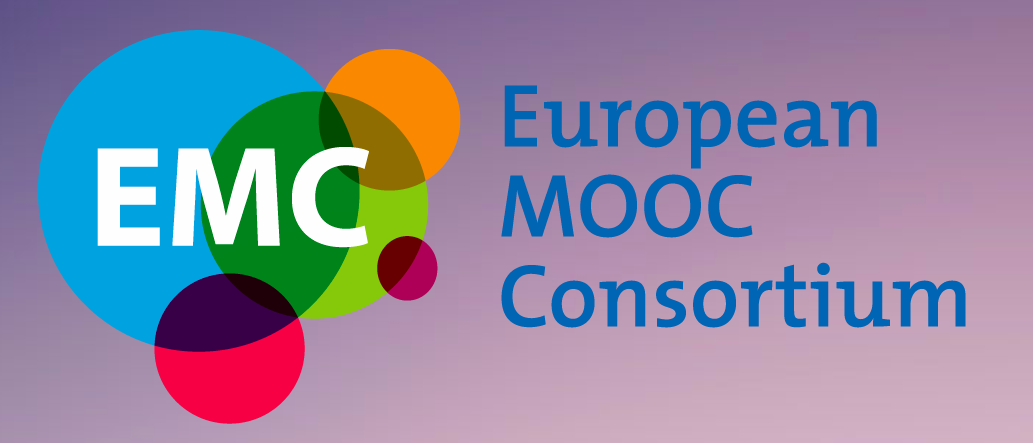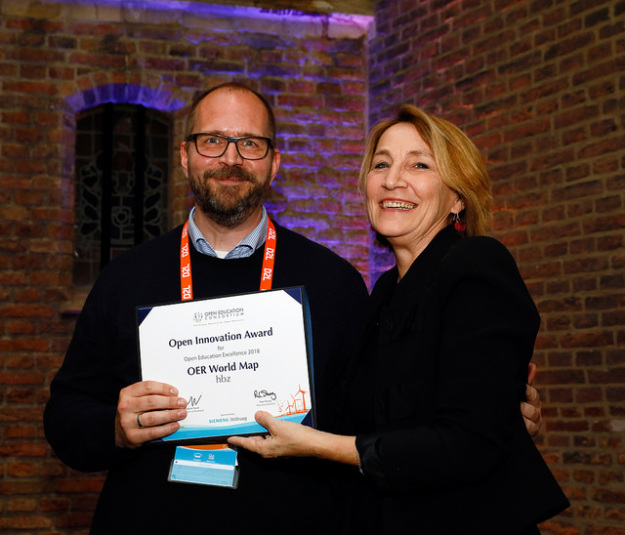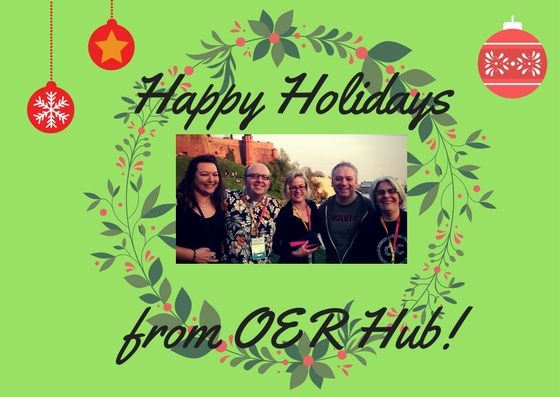Have you ever heard of a microburst? Me neither, yet it seems that my trips to the US happen to coincide with freak meteorological conditions. Last year, Claire and I were the closest we’ve ever been to a tornado; this year it was a microburst. A what? Wikipedia to the rescue: “A microburst is a very localized column of sinking air caused by a small and intense downdraft within a thunderstorm”. Mad. Crazy. Un-be-lie-va-ble. Result: a sizeable chunk of dearest Route 228, without which I would never have made it to Mars, was closed off and my arrival in Pittsburgh was delayed by whatever time it took the shuttle van to bypass the microbursty mess. Forever. Twice.
And so it was that FlipCon14 came and went. This is how I saw it.
While the US soccer team mourned what would have been a mighty win over Portugal, Molly Schroeder kicked off inviting us all to live in beta: try things out, if they don’t work, bury them in your educational graveyard (like Google’s graveyard) and move on. The only expectation of living in beta is that you learn something.
An hour later I was happy to join World Languages teachers claiming their rights in a flipped world dominated by Science and Math. Flip Spanish. Flip English. Flip Mandarin. Flip grammar. Flip culture. Make it real. My kind of conversation.
Katherine McKnight’s talk had the gravitas of the research-savvy: effective videos need to be guided by theory of learning, and thus there are personalization principles, segmenting and pre-training principles, cognitive overload and so forth that translate into practical advice for teachers: show your face in your videos, provide information about key concepts before lessons, break recordings into manageable bites, include a continue button –students don’t know when to pause, apparently. All common sense, if you ask me. And what about length? Research says that anything longer than six minutes becomes a feat of endurance for college students –I chuckled, not Game of Thrones.
Irma Brasseur-Hock’s presentation was a disappointment. I was expecting to hear more about the results of the survey and focus groups that the University of Kansas Center for Research on Learning conducted last year, but instead she rushed through her demographics (which incidentally match what everybody knows now, that most teachers flip in Science, in high school, have little experience in flipping but a lot in teaching) and hardly commented on the research questions: what are the biggest challenges that flipped educators face, how do they make and/or choose videos, has the flip changed what they do in class, what recommendation do they have for other teachers? Zilch. Is the data available anywhere? No, you have to wait for the publication; if it ever comes, I think to myself. Sigh. Instead she was keen on showcasing an online module they are launching in the fall, a how-to guide for flipped educators that focuses on teaching students with learning differences –and by that she meant not only under-achievers but also talented kids. Their idea is to take the research and create a teacher-friendly product; why are they so keen on sharing the (free) product but not the research?
On Wednesday, Taylor Pettis didn’t go deeper into the information that has already been shared in this infographic, when he talked about the growth of flipped learning in the last two years. A bit of discussion followed, but since all present very much fitted the Sophia profile, there was little new to take away.
And then back to the plenary. If you haven’t heard it before, yes, Jon and Aaron’s talk is inspiring, it’s public speaking at its best, but FlipCon14 was the fourth time I heard them speak since January 2013 and to be honest, if you can’t come up with something new in a year and a half, then Houston, we have a problem. Yes, teachers took the floor to tell us wonderful stories about how the flip has changed the lives of kids, one kid per teacher, three, four, five truly wonderful stories but to me it’s time to renew the discourse. You need the research, guys, policy makers want crunch numbers; the individual stories are good anecdotal evidence but, heart-warming as they are the first time you hear them, it’s one kid amongst millions.
Which is why it was disheartening to see that immediately after, the research round table was poorly attended, and the only concrete idea that emerged was that the scope is there to create a peer-reviewed journal of flipped learning.
After that I decided that the research strand was exhausted for me, or rather that I was exhausted by the research strand so I moved for a bit of action to Kate Baker and Troy Cockrum’s session on flipping canonical texts. Yes, you can flip without videos, fantastic! Here was yet another open invitation to share resources and support each other. Why do I have to read this, Mrs. B? Because it relates to your life, dude. Reading the Declaration of Independence as a break-up letter shows the brilliance of these teachers to make English palatable to students who don’t judge a book by its cover but by its thickness. Tip: disguise it as a digital book, they’ll never know how long it is.
And then it was time to say goodbye, to deliver flowers, thanks, prizes and 5-5-5 resolutions: what are you going to do in the next five days, five weeks and five months? asks Jon Bergmann. Write this blog. Think. Read. Think again. And write more, I hope.
Finally, my biggest hug to Kari Arfstrom who steps down from her position as Executive Director of the Flipped Learning Network after two and a half years of tireless work, amazing energy and elegance. I’m delighted that she is moving to better things, but I fear that the open movement loses her strongest ally in the ranks of the flipped.
FlipCon15 in Michigan in July. ¿Qué será, será…?
Photo: CC BY B. de los Arcos







Leave A Comment